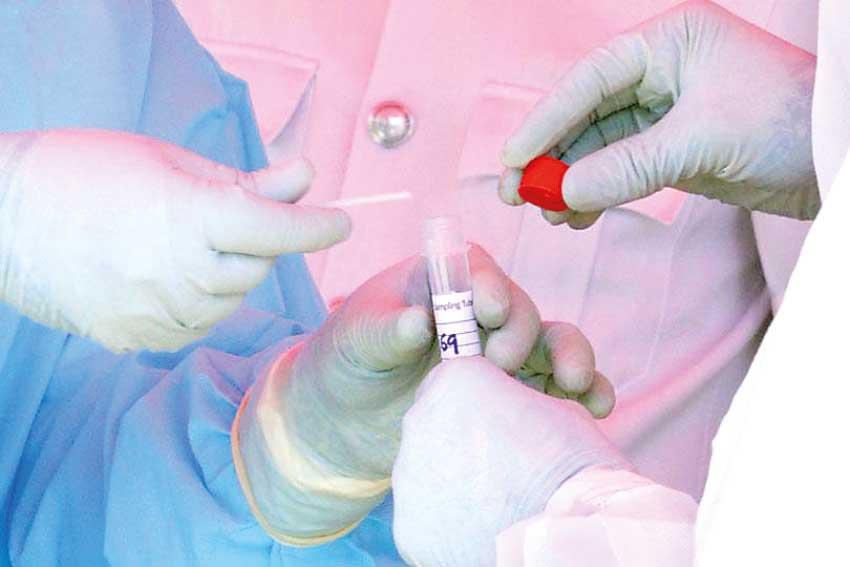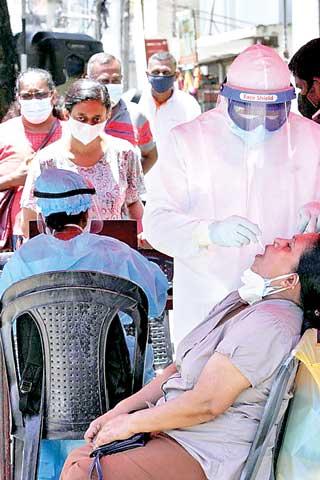16 Apr 2021 - {{hitsCtrl.values.hits}}

One of the main concerns with regards to COVID-19 is the fact that the virus mutates, giving rise to new variants with concerning features. Some can easily spread while others have several mutations. The most well-known variants are variants that were first discovered in the United Kingdom and South Africa. Recently, a variant from Brazil has received attention. Each variant arose independently and all have unique mutations as well as mutations in common.
United Kingdom variant
South Africa variant
Brazilian variant
Denmark variant
Recently, three people with Denmark lineage of COVID-19 was identified from Colombo city limits. In June 2020, several COVID cases were reported from Denmark with SARS-COV-2 variants associated with farmed minks. Preliminary findings indicate that this particular mink-associated variant identified in both minks 12 human cases has moderately decreased sensitivity to neutralizing antibodies.
‘Double mutant’ COVID strain from California
Stanford University researchers have identified five new cases of a “double mutant” Covid-19 strain that was recently discovered in the San Francisco Bay Area. Doctors suspect it could be more contagious than earlier strains and may be resistant to existing vaccines.The new variant originated in India where it’s credited with a recent 55% surge in cases in the state of Maharashtra, home to Mumbai, after months of declining cases.
It contains two key mutations, which scientists call E484Q and L452R, that have been found separately in other variants but not together in a single strain, according to Dr. Benjamin Pinsky, medical director of Stanford’s clinical virology laboratory, which discovered the new variant in the U.S. Medical experts claim that the double mutant variant has known mutations in the scariest place to have a mutation — the receptor binding domain, where the virus uses to latch on to cells in our bodies in order to enter.
Source : Johns Hopkins Medicine
21 Dec 2024 57 minute ago
21 Dec 2024 2 hours ago
21 Dec 2024 5 hours ago
21 Dec 2024 5 hours ago
21 Dec 2024 6 hours ago